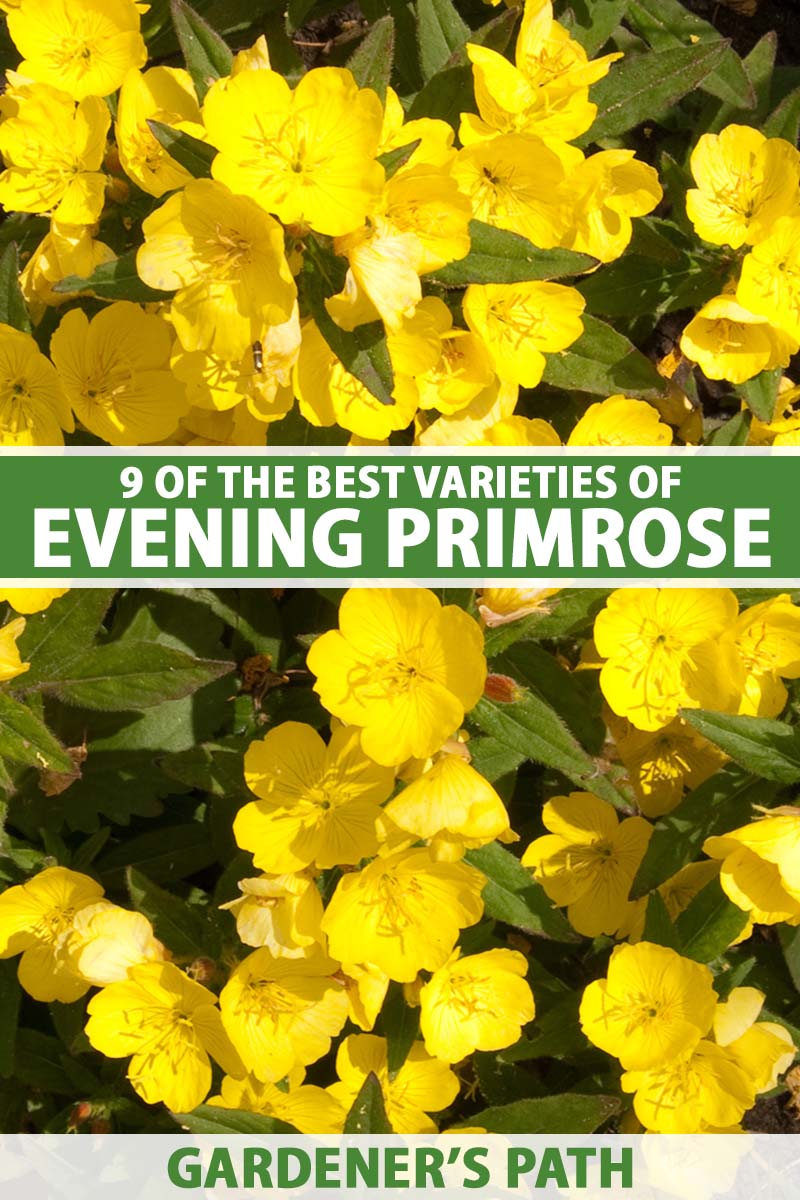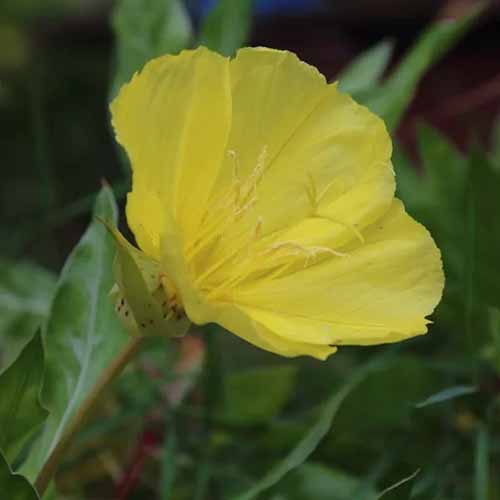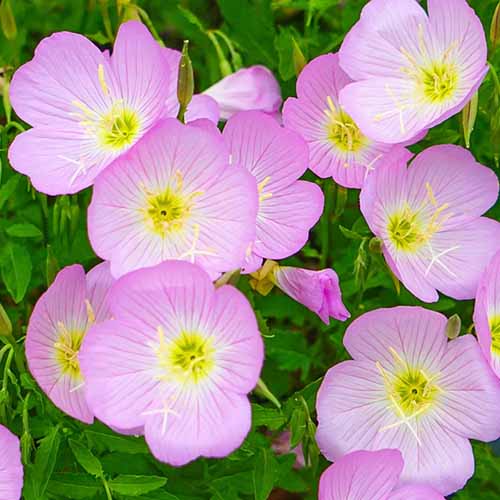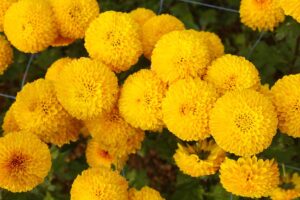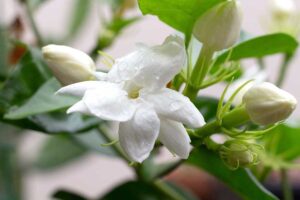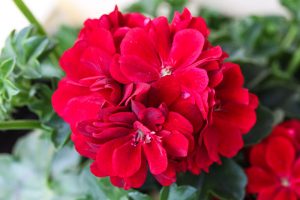With delightfully colorful flowers that bloom from spring to fall and open well into the late afternoon, evening primrose plants add some late-night floral flair to the garden.
Native to the Americas and naturalized throughout the Old World, the Oenothera genus is pretty impressive.
The genus has a collectively wide hardiness range of USDA Zones 3 to 11, and is pretty tough as a whole. Poor soils, drought, overall neglect – evening primroses can handle it all.
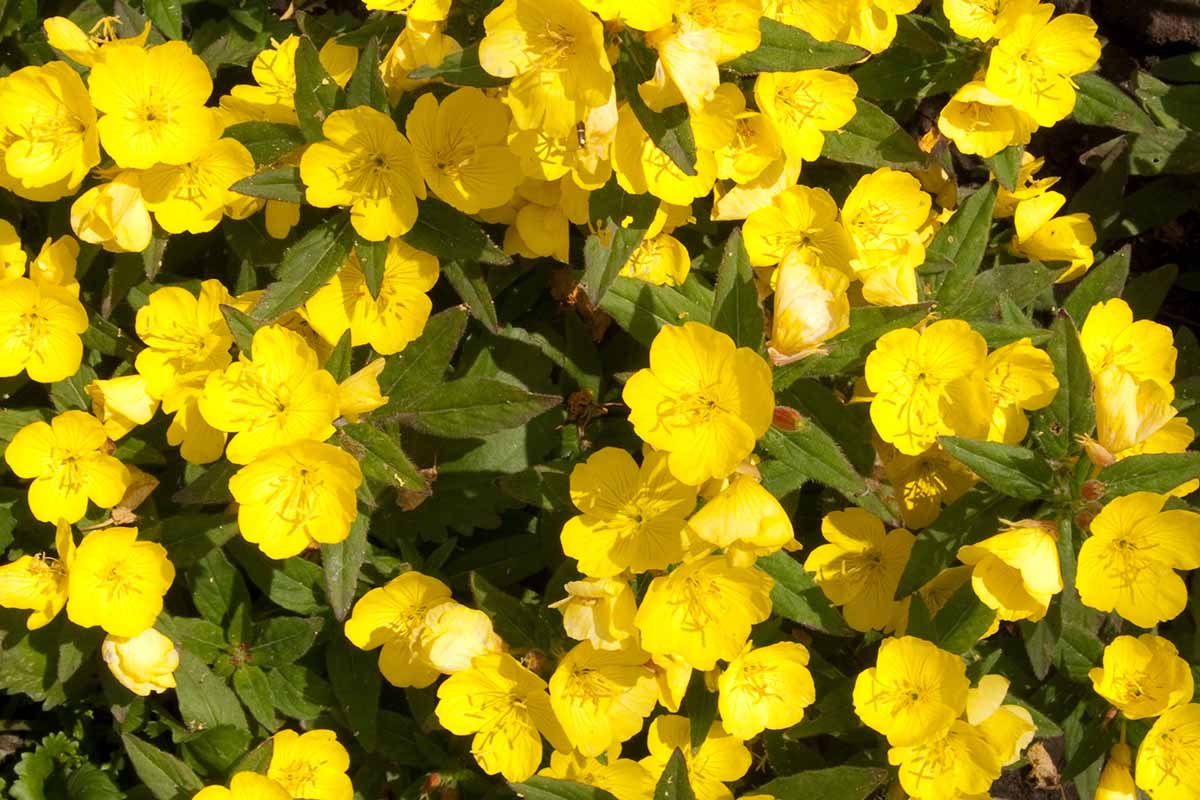
We link to vendors to help you find relevant products. If you buy from one of our links, we may earn a commission.
Our guide to growing evening primrose discusses how to cultivate these plants in your landscape. And there are a number of different varieties available to home gardeners.
The Oenothera genus comprises around 150 species, give or take, and they’re not all winners when it comes to aesthetics. But the ones that are, they win with glory – glory that could be yours to flaunt.
This guide separates the wheat from the chaff and the finest from the sort-of-fine.
Here they are:
9 of the Best Evening Primroses
But first, a quick note:
Many types of evening primrose can grow aggressively, to the point where the plants can expand beyond where they were originally intended to be planted.
Treat it like you would mint and don’t let it take over the garden!
1. Beach
Native to stretches of the Atlantic and Pacific coasts of North America, the beach evening primrose is probably the flower that Jimmy Buffet would have sung about, had his lyrics focused on Oenothera flowers instead of Margaritaville.
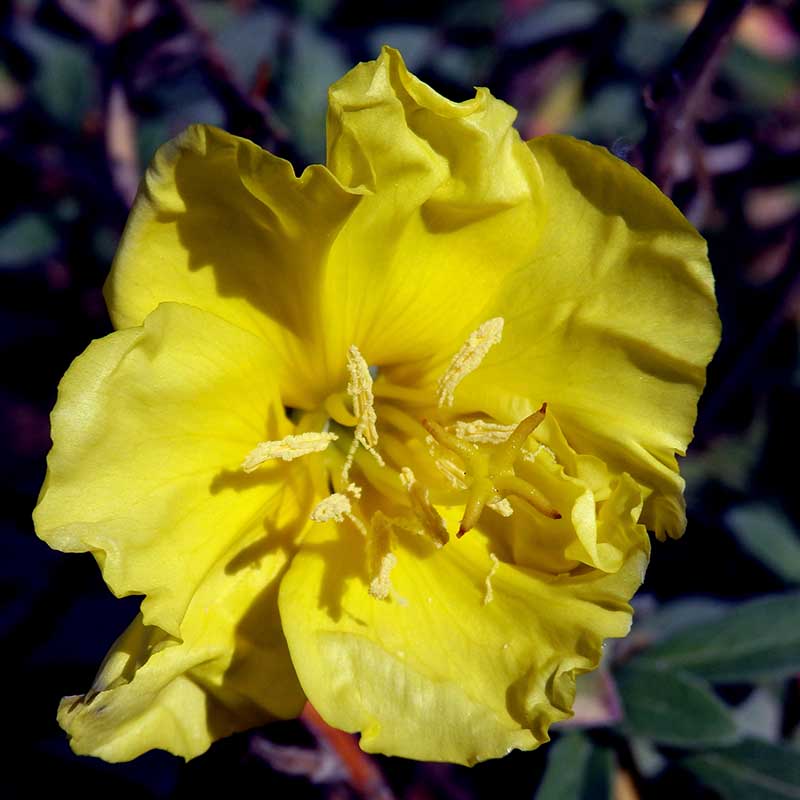
Also known as O. drummondi, this plant owes its botanical name to the Scottish naturalist Thomas Drummond, a notable plantsman who collected botanical specimens from the western and southern United States in the early 1800s.
Hardy in USDA Zones 6 to 10, the beach evening primrose grows six to 12 inches tall and spreads one to two feet wide.
Bursting with yellow to yellowish-white flowers and yellow stamens, each bloom spans up to an inch wide and bears four heart-shaped petals. Surrounding the blooms are small, oval-shaped green leaves.
As a sand lover, this plant is quite at home in the strip of beach vegetation that grows just beyond the high tide line, as well as gardens with coarse, very well-draining soil.
Its roots can also help with erosion control. It is, however, considered an invasive plant in some coastal habitats.
2. Birdcage
Native to the southwestern United States and northern Mexico, the birdcage evening primrose earns its common name from the shape formed by the stems when the plant dies.
Its Latin name, O. deltoides, references how its flower petals are distinctly triangle-shaped, or deltoidal.
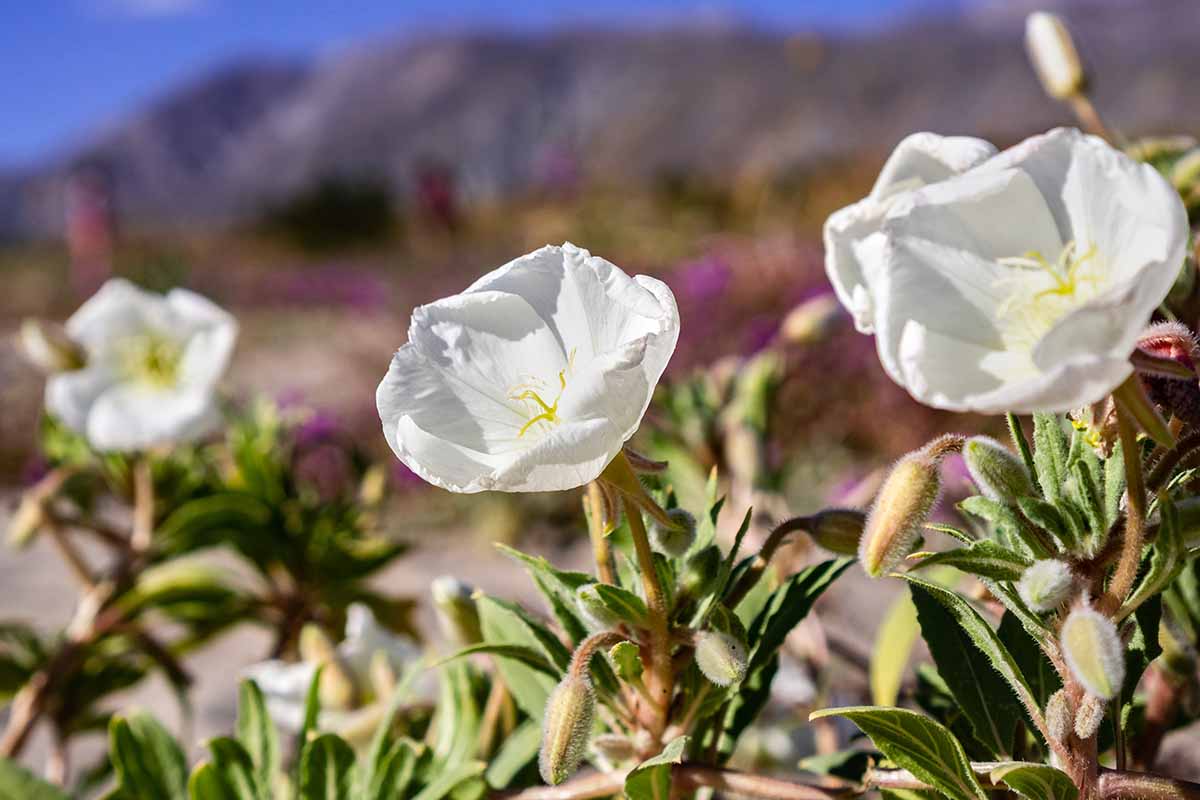
Reaching heights and spreads of six to 12 inches, this flower has showy white flowers an inch or two in width, which turn pink with age.
Surrounding the flowers are jagged, lance-shaped leaves with a pale green hue.
Hardy in USDA Zones 3 to 8, O. deltoides is comfortable in the dry, sandy soils of its native dunes and deserts. It’s unfortunately endangered, so specimens can be difficult to acquire.
3. Hartweg’s
O. hartwegii may look a bit ruffled next to other evening primroses, but I like to think that the scruffiness is just a part of its charm.
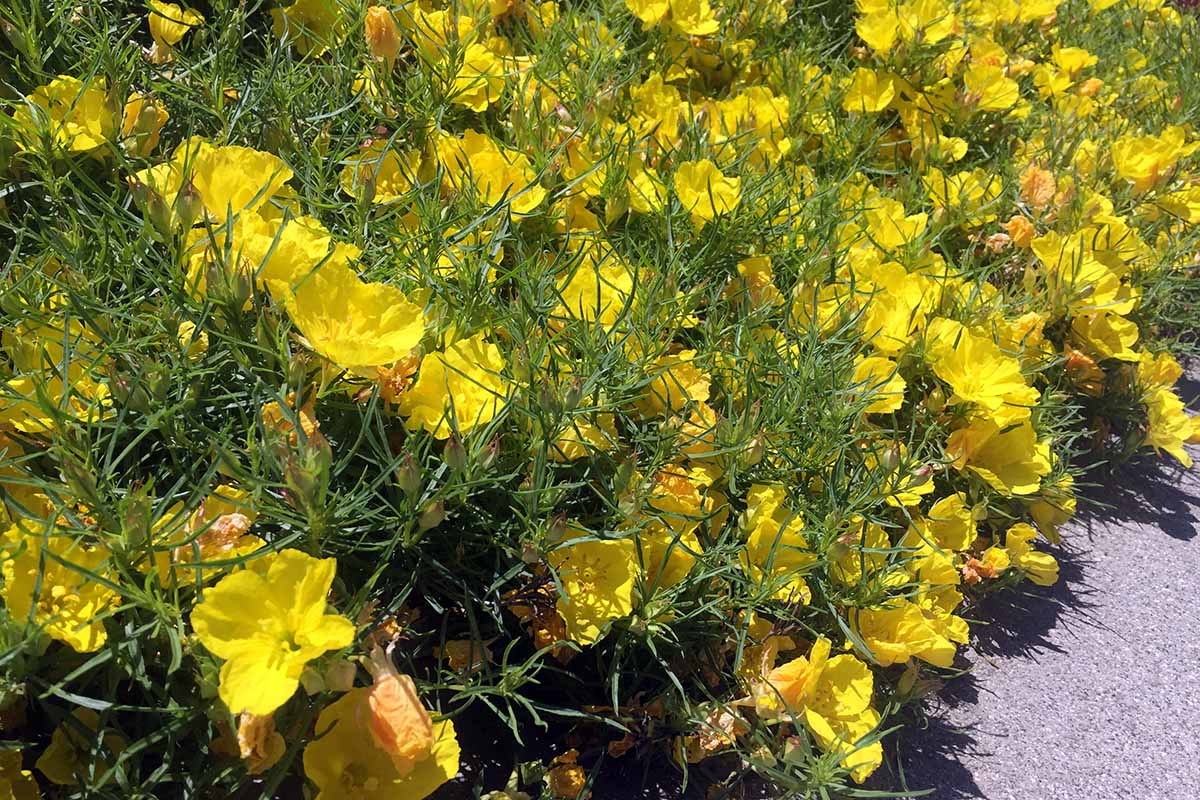
Hardy in USDA Zones 5 to 9, this plant grows 12 to 18 inches tall and two feet wide. Each of its blooms bear four yellow, wrinkled, daylily-shaped petals, which are accompanied by long, thin leaves.
Another native of the American Southwest, Hartweg’s evening primrose can take the heat. And dryness. And sand.
It’s a tough customer, is what I’m saying. One that’s fit for xeriscaping, if you live in a very dry region.
4. Missouri
Hardy in USDA Zones 3 to 7, the Missouri or bigfruit evening primrose, O. macrocarpa, earns its big-fruited names from its large, four-capsuled fruit capsules, which form after pollination from sphinx moths and other night-flying insects.

Native to the southern and central United States, O. macrocarpa grows nine to 12 inches tall and 12 to 18 inches wide, and flaunts large yellow flowers three to four inches wide.
Surrounding the blooms are lance-shaped green leaves, which are gorgeous even when the flowers aren’t in bloom.
A popular species, this species has some notable cultivars. ‘Greencourt Yellow’ has light yellow blooms and more wavy foliage, ‘Lemon Sliver’ is compact with silvery leaves, and ‘Shimmer’ has light yellow blooms with noticeably slender, silver-tinted leaves.
You can find O. macrocarpa in #1 containers available at Nature Hills Nursery.
Prefer seeds instead? Snag a packet, an ounce, or a quarter-pound of seeds from Eden Brothers.
Learn more about how to grow Missouri evening primrose in our guide.
5. Narrowleaf
In contrast to its kin, O. fruticosa actually flowers during the day – an early bird in a family of night owls.

Native to eastern North America and hardy in USDA Zones 4 to 8, the narrowleaf evening primrose earns its name with some pretty skinny greenery.
Growing up to two feet tall and three feet wide, this plant blooms with bright yellow, two-inch-wide flowers.
‘African Sun’ and ‘Cold Crick’ are two compact cultivars, while ‘Fireworks’ has bronze foliage, plus red stems and buds.
You can find ‘Fireworks’ in #1 containers available at Nature Hills Nursery.
6. Rose
Speaking of pink Oenothera flowers, the blooms of O. rosea are very pink.
While the pinks you’d find in other Oenothera flowers is more of a bubblegum pink, the hue of O. rosea is more of a magenta, which I personally find striking.
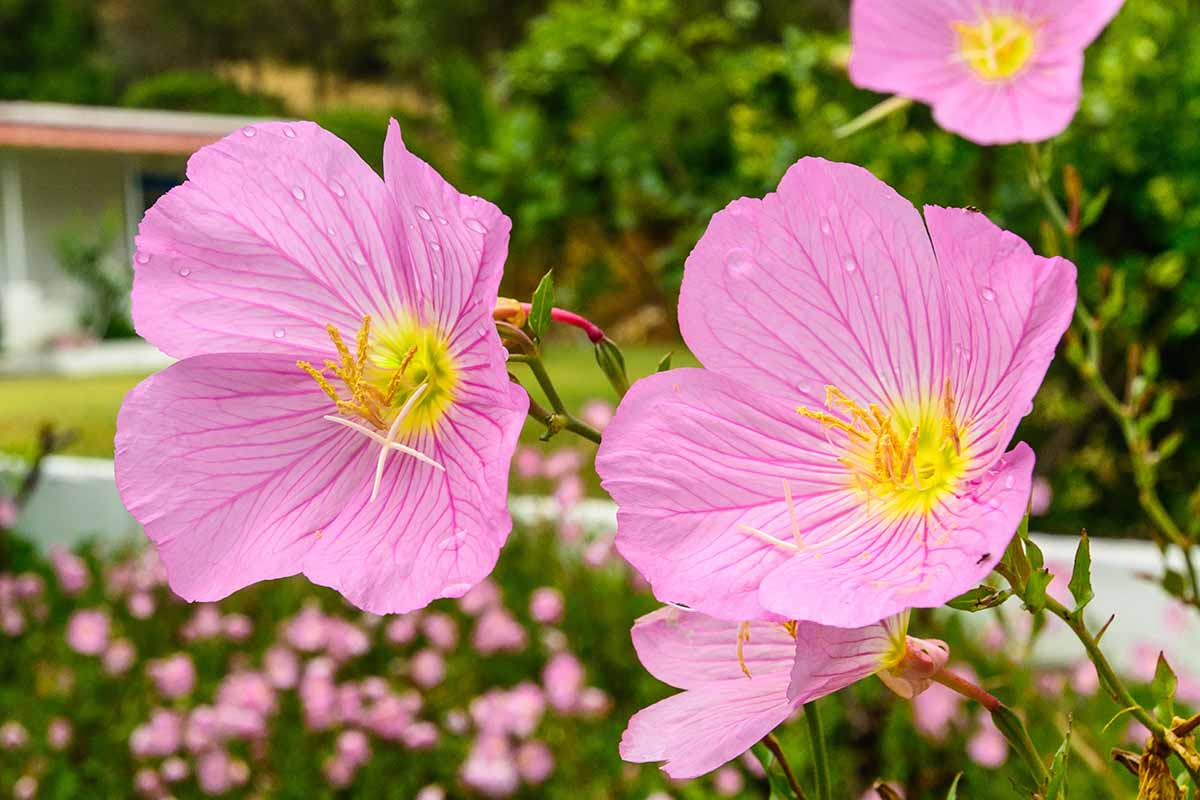
Native to the southwestern United States, O. rosea grows up to two feet tall and wide, and flaunts blooms up to an inch wide. Beneath the blooms are green, oval-shaped leaves.
Hardy in USDA Zones 4 to 9, O. rosea is a stunning choice for anyone who prefers the “hot” in hot pink.
7. Showy
Native to Mexico plus the south and central United States, O. speciosa is hardy in USDA Zones 4 to 9.
The showy evening primrose has white to slightly pink petals along with thin, green, and lance-shaped leaves.
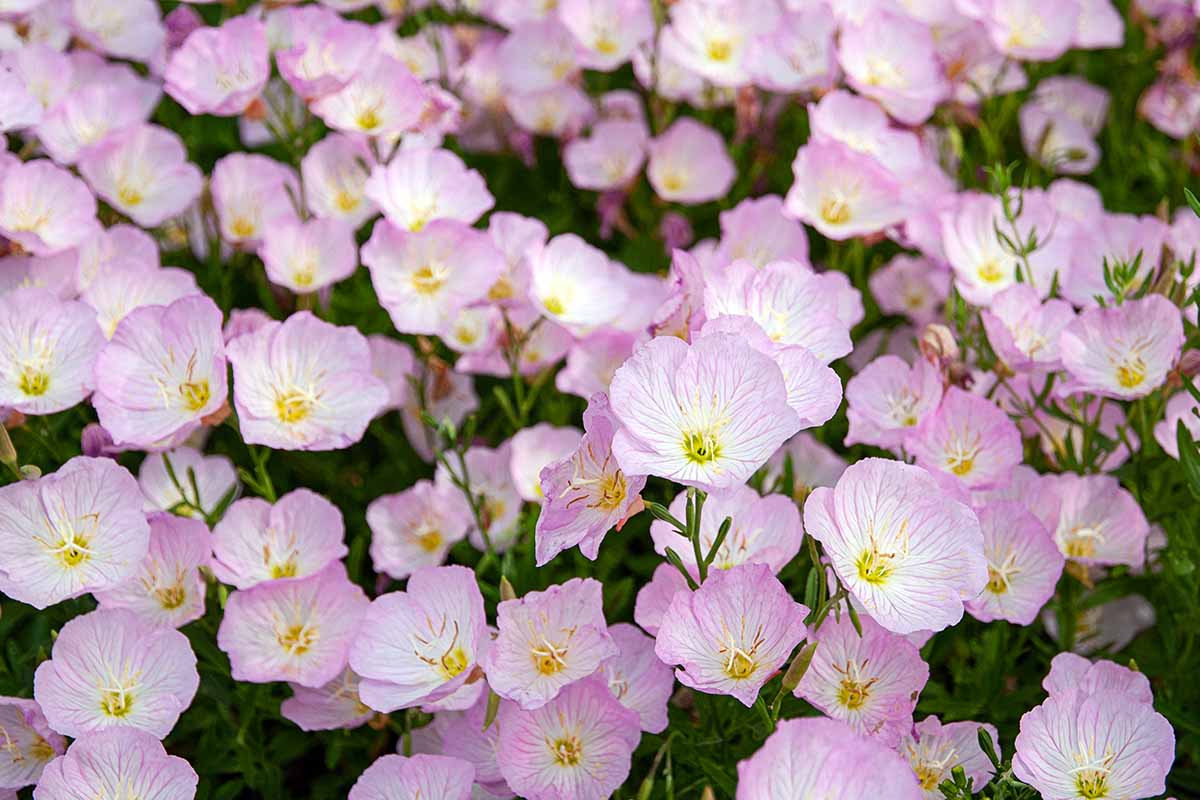
At maturity, this plant reaches heights of six to 24 inches and spreads of 12 to 18 inches. And when faced with heat, drought, and humidity, it’s as tough as it is pretty.
O. speciosa would be a perfect plant if not for its tendency to spread aggressively.
But if you give it space to grow, quickly pull volunteer plantings, or perhaps grow it in raised beds or containers to curb its spread, then that shouldn’t be a deterrent.
You can find seeds in a variety of packet sizes available from Earthbeat Seeds.
8. Sunset Boulevard
A cultivated variety of the South American native O. versicolor, ‘Sunset Boulevard’ has uniquely colored flowers of a fiery-hot hue.
Reaching heights of 14 to 20 inches and a spread of eight inches, this plant is taller and narrower than many other types of evening primrose.
Hardy in USDA Zones 5 to 9, it’s most notable for its small, yet showy blooms which start off yellow, turn orange, then fade to red. Thin, green foliage surrounds the flowers.
Considering that most Oenothera flowers are typically white, yellow, and/or pink, having some shades of orange and red is a pretty welcome change. Be sure to provide fertile, well-draining soil for best floral results.
9. Tufted
Native to the western United States and northern Mexico, O. cespitosa grows some pretty large flowers.
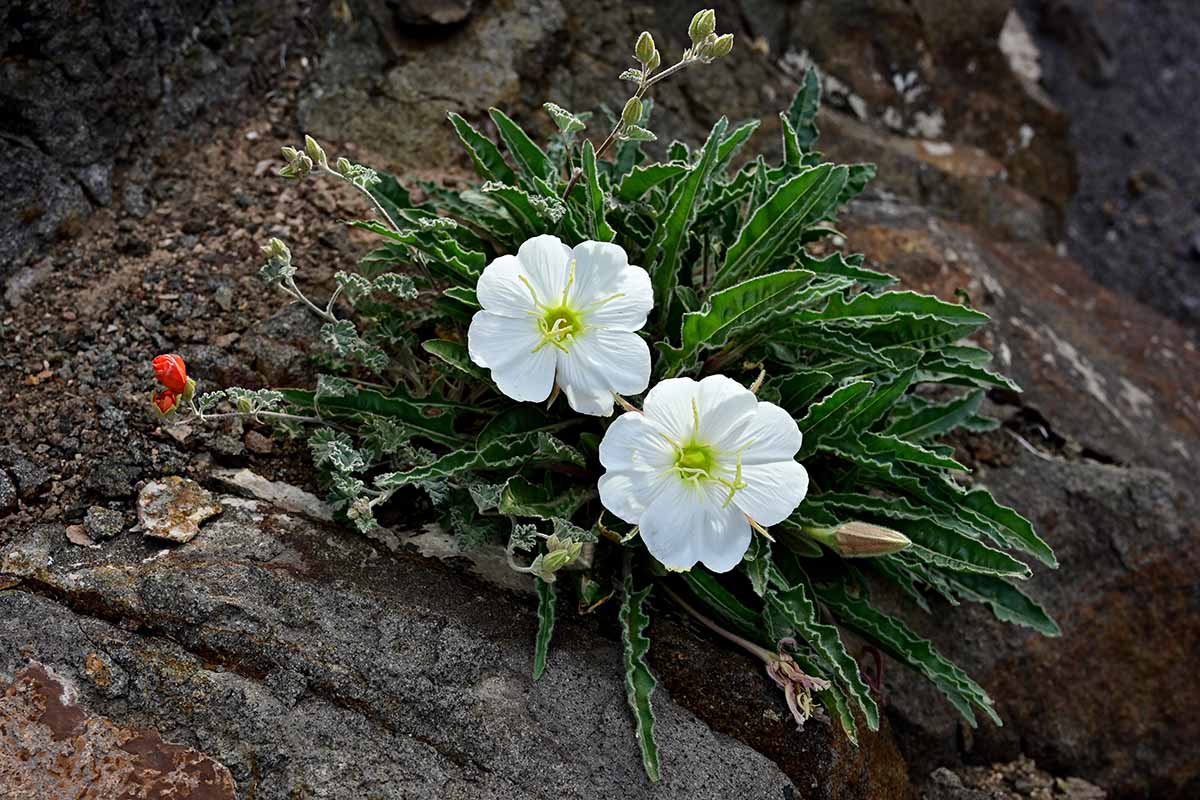
Each white bloom is three to four inches across, with light green stamens rather than the yellow ones most other evening primroses bear. A subtle, yet striking difference.
The dark green leaves are jagged and shaped like speartips.
As a whole, this plant grows up to a foot tall and two feet wide. It’s hardy in Zones 4 to 8, and it shares the resilience of most Oenothera species, being tolerant to heat and drought.
Go Cop Some Sundrop
If this were a story, that would be the moral. Go forth and obtain some evening primroses, stat!
Seriously, though. If you’re looking to grow some stylish Oenothera varieties, then the above list is a fantastic place to start.
Have any questions? Did we leave any deserving contenders off the list? The comments section awaits your thoughts.
And for more information about growing flowers in your garden, check out these guides next:
